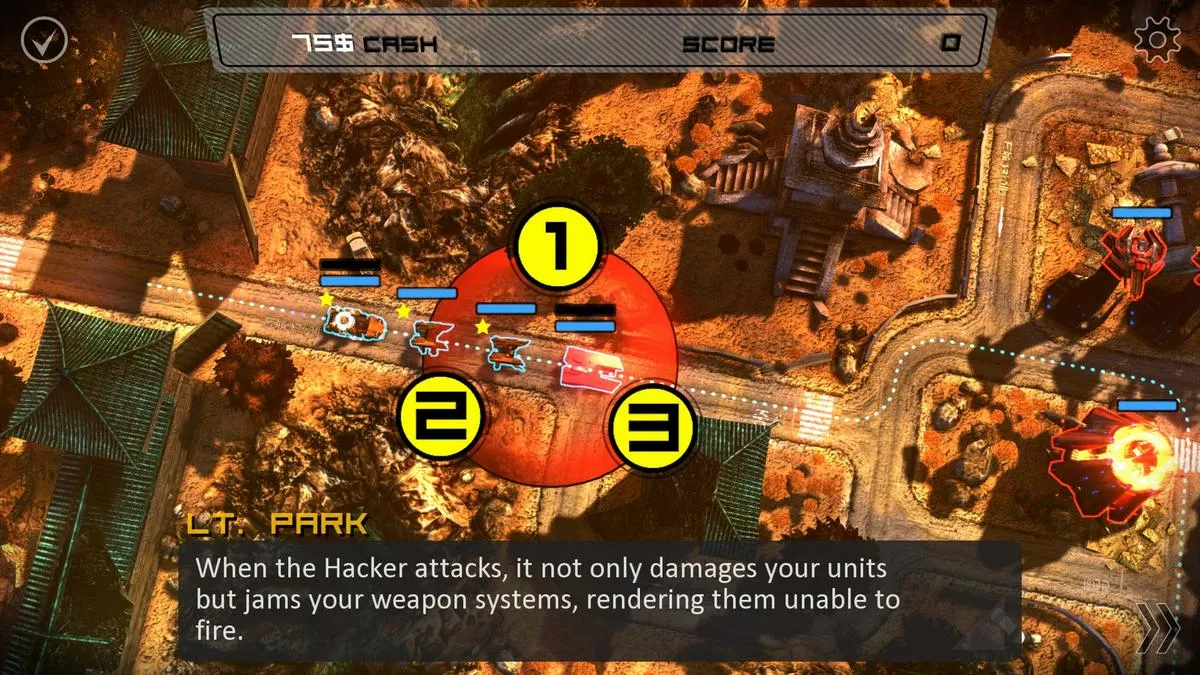
Anomaly Korea: A Reverse Tower Defense with Flaws
Contents
Anomaly Korea, a tower offense game developed by 11 bit Studios, offers a unique twist on the traditional tower defense genre. Known for their work on the critically acclaimed This War of Mine, 11 bit Studios previously found success with the Anomaly series, starting with Anomaly: Warzone Earth. This review explores the gameplay, graphics, and technical issues present in Anomaly Korea.
 alt text describing image of gameplay showing units on a map
alt text describing image of gameplay showing units on a map
Innovative Gameplay
Anomaly Korea distinguishes itself by flipping the tower defense script. Instead of building static defenses, players command a squadron of units, navigating them through enemy territory to destroy alien towers. This “tower offense” mechanic is core to the Anomaly series. Players earn resources by destroying towers, which can then be used to purchase or upgrade units, each with unique strengths and weaknesses suited for different tasks. Power-ups are also available to enhance units, restore health, or inflict significant damage to enemy structures.
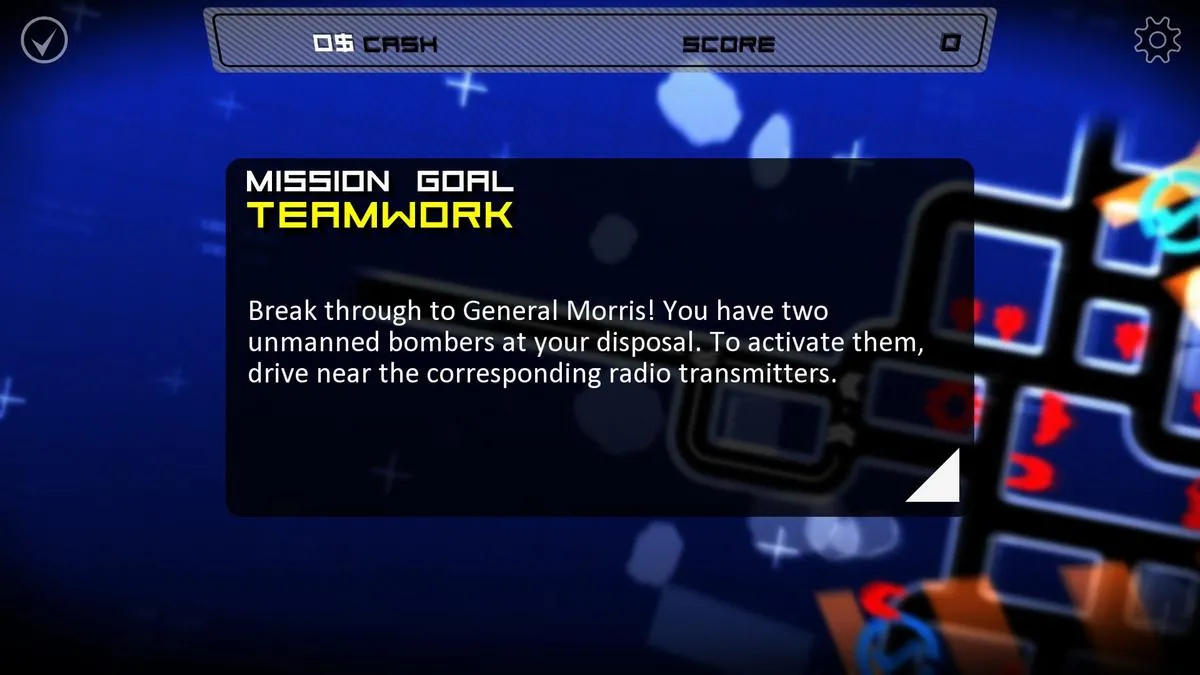 alt text describing image of gameplay showing units firing on alien tower
alt text describing image of gameplay showing units firing on alien tower
While innovative, the core gameplay loop remains familiar to fans of the genre. Managing resources, strategically deploying units, and adapting to changing battlefield conditions are all key to success. The game maintains a balance between novelty and familiarity, offering a refreshing experience while retaining elements that make tower defense games engaging.
Tactical Depth and Realism
Anomaly Korea incorporates tactical elements, allowing players to directly control their squadron’s movement throughout each level. This allows for strategic maneuvering around heavily defended areas, choosing less dangerous paths while still accomplishing mission objectives. This hands-on approach adds a layer of realism, making players feel like true battlefield commanders directing the flow of combat.
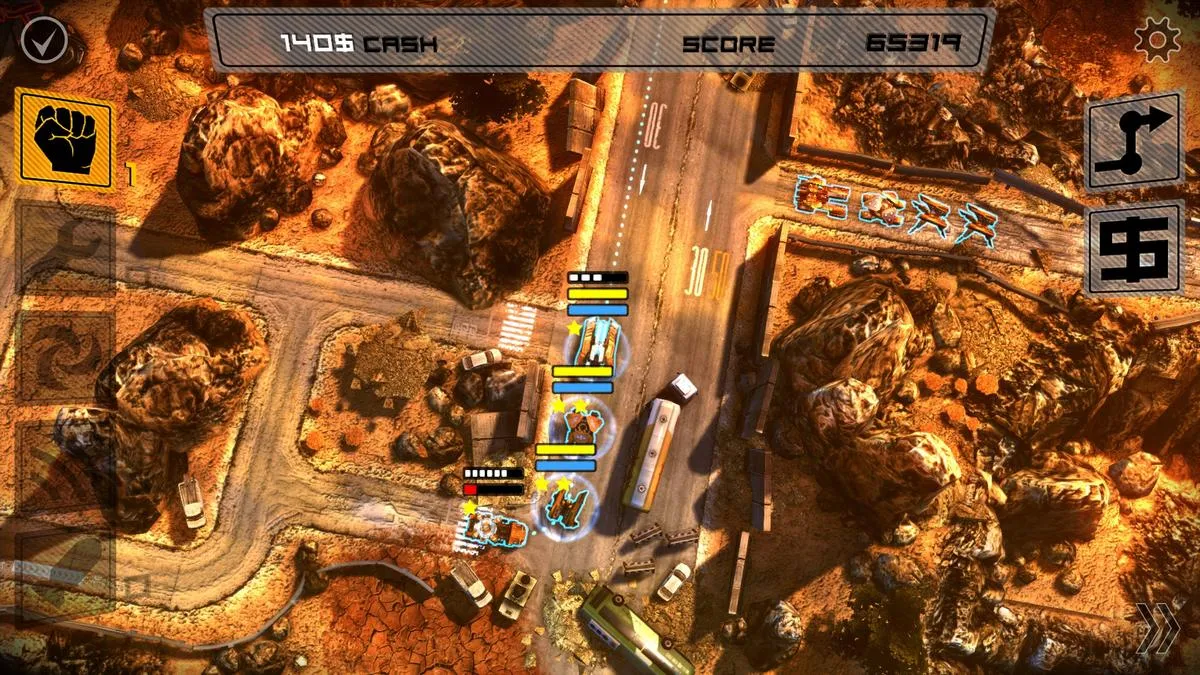 alt text describing image of gameplay with a view of the city environment
alt text describing image of gameplay with a view of the city environment
Visual and Audio Design
Despite being ported from mobile platforms, Anomaly Korea boasts decent graphics. The game effectively portrays a city ravaged by alien invaders, complete with crumbling buildings, devastated streets, and imposing alien towers. The sound design, while not particularly noteworthy, features professional voice acting and clear English pronunciation, aiding players in understanding mission objectives.
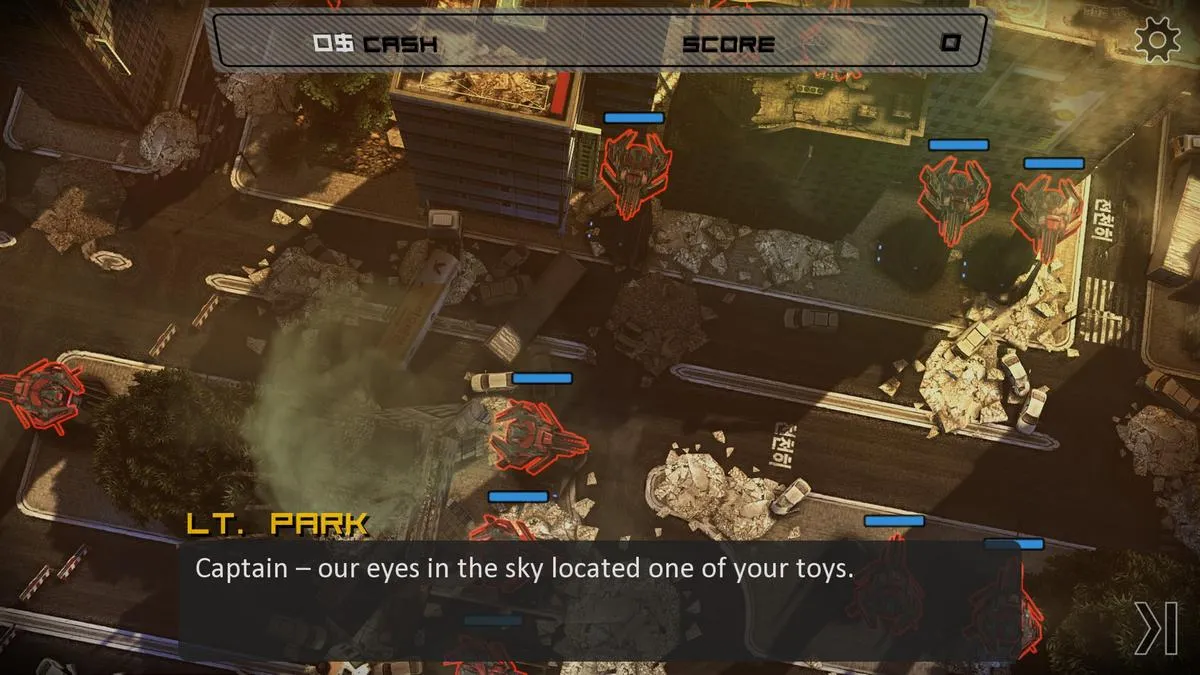 alt text describing image of gameplay showing an in-game menu
alt text describing image of gameplay showing an in-game menu
Technical Shortcomings
Anomaly Korea suffers from some common pitfalls of mobile-to-PC ports. The lack of a windowed mode and the inability to adjust the resolution are significant drawbacks for PC gamers. The forced zoomed-in perspective can feel restrictive and reminiscent of lower resolutions.
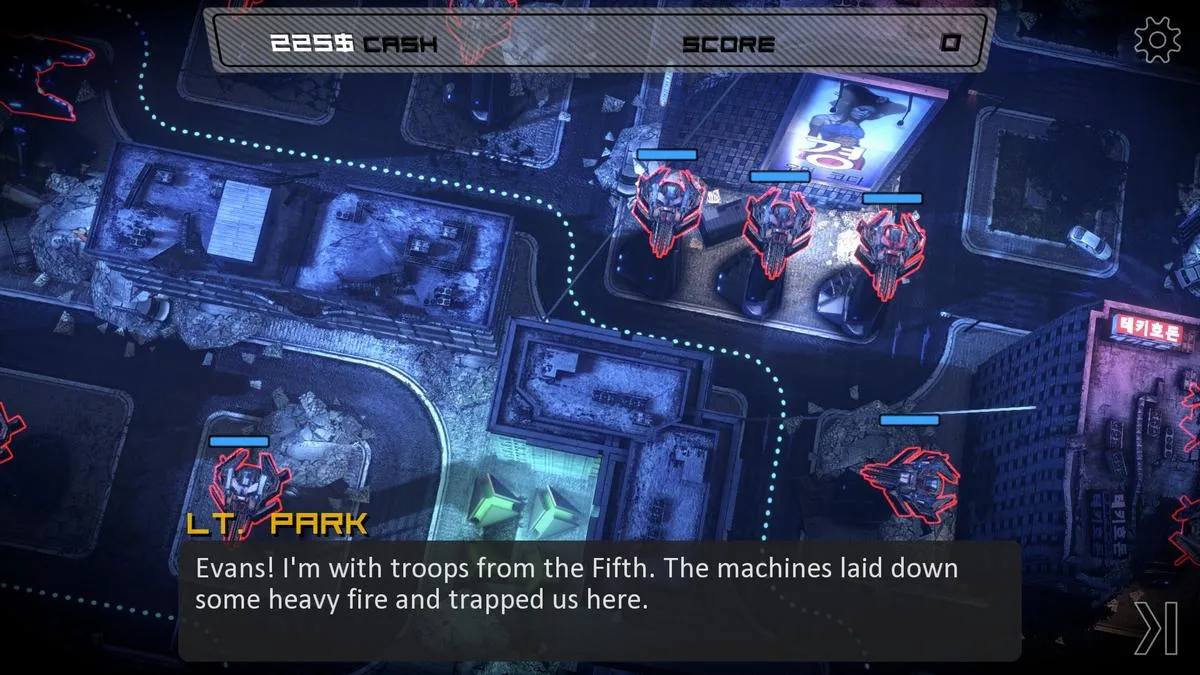 alt text describing image of gameplay showing units moving through the city
alt text describing image of gameplay showing units moving through the city
Additional Issues
The tutorial lacks clarity, particularly regarding map navigation. The click-and-drag method for moving the camera can be frustrating for players accustomed to free-scrolling in PC strategy games. The limited number of levels (only 12) and the lack of significant changes from the first game make Anomaly Korea feel more like DLC than a full sequel. A critical bug prevents players from resuming from a saved point after exiting the game, forcing them to restart from the beginning if the game is closed.
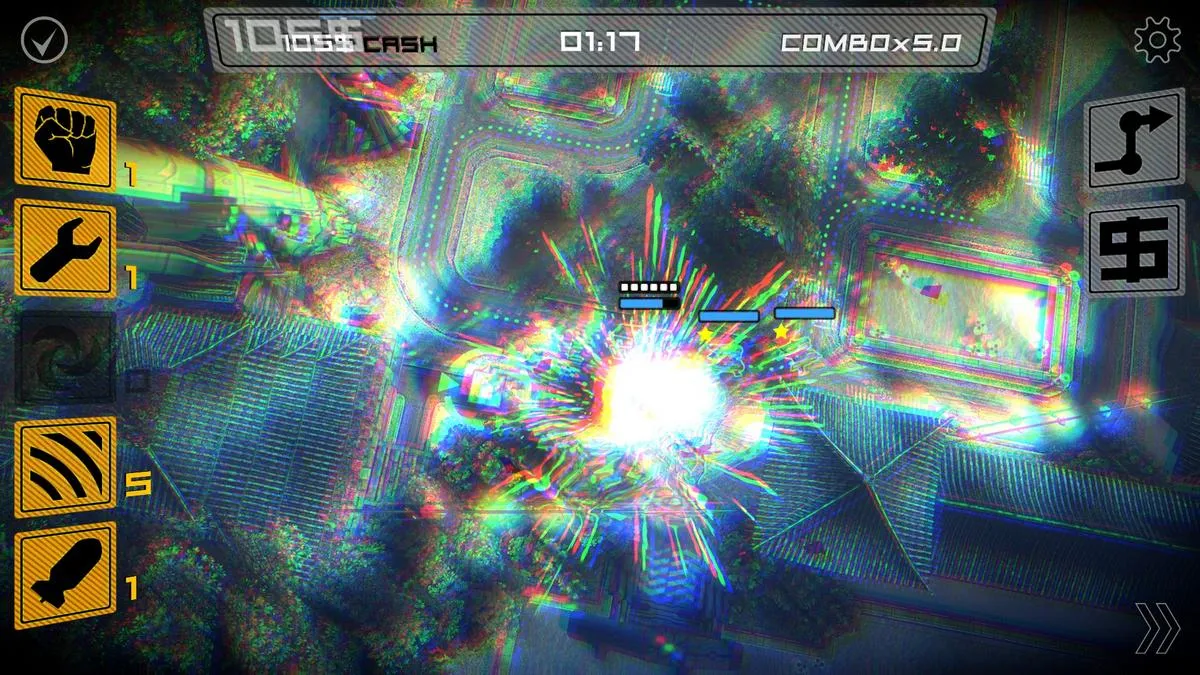 alt text describing image of gameplay showing units engaging alien towers
alt text describing image of gameplay showing units engaging alien towers
Conclusion
Anomaly Korea offers an innovative take on tower defense with its tower offense mechanics, tactical depth, and engaging gameplay. However, technical issues, a lackluster tutorial, and limited content hold it back from reaching its full potential. While the core gameplay is enjoyable, these flaws can detract from the overall experience. Addressing these issues would greatly enhance the game’s appeal to PC gamers.





Comments (0)